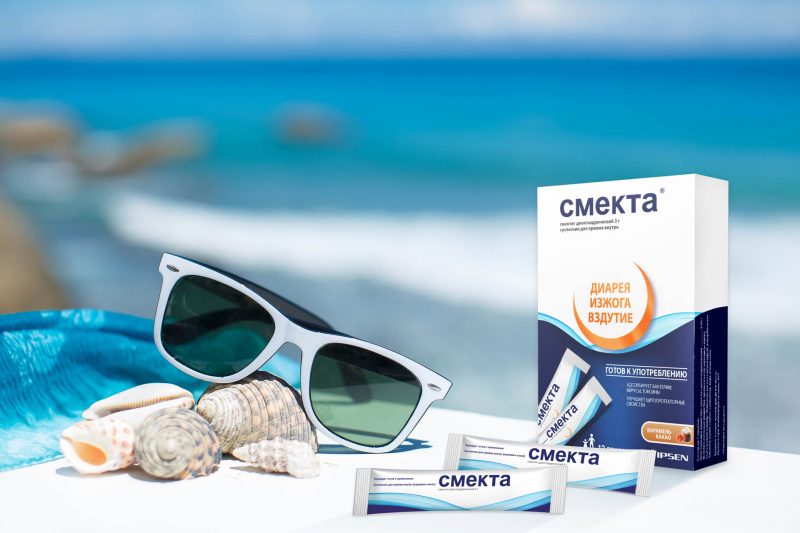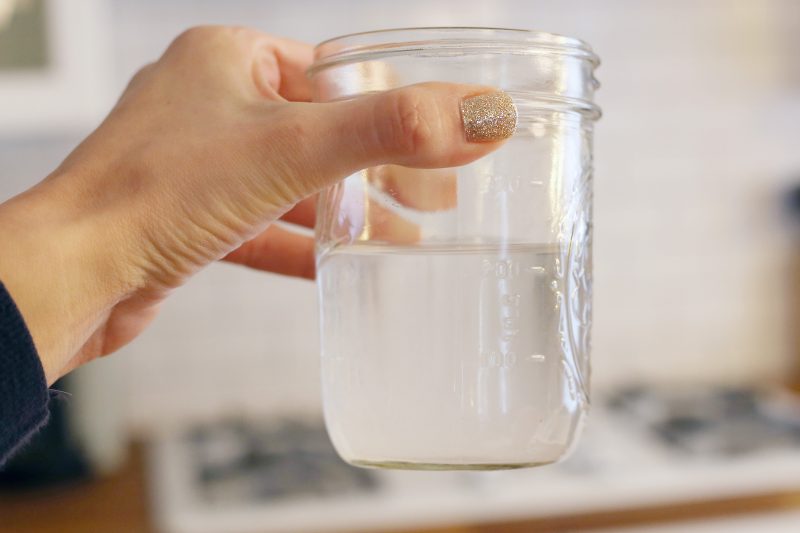Smecta in case of poisoning is one of the best medicines. This drug is an antidiarrheal drug that has an additional adsorbing effect. In case of poisoning or diarrhea, experienced housewives in most cases recall this particular medication. The fact is that he is able to get rid of problems with stools, remove pain in the stomach and intestines, and solve the problem with bloating and colic. Helps to establish the functioning of the gastrointestinal tract in both adults and children.
Material Content:
The composition (active substance) of the drug
The drug is sold either in packaging or in pieces in bags. From the powder contained inside, a suspension is made. One such bag contains 3 grams of substance. It contains magnesium and aluminum silicate, flavorings, sodium saccharin, dextrose monohydrate.
Due to its composition, it can have both grayish-white and yellowish tint. Smell and color depend on the flavor used in the production (it can be vanilla or orange).
Flavors make it easy to take medicine even for young children.
The mechanism of action Smecta in case of poisoning
The mechanism of action of this drug may seem complicated at first glance, but it is not.
It consists in the following:
- Active substances are collected together and removed from the patient's body all toxic substances, including harmful bacteria and viruses.
- After a thin layer is formed on the walls of the gastrointestinal tract, which envelops them and prevents the effects of the above harmful and poisonous components on the mucous membranes, stops the process of absorption into the blood, allows you to remove poisons from the body.
Smecta when vomiting acts in the same way. It not only eliminates the causes of vomiting, but also reduces the peristalsis of the walls of the gastrointestinal tract.
It is important to understand that taking Smecta helps the body eliminate harmful pathogens, but it does not affect the microflora that is beneficial to the body. The drug does not pose any threat when taken orally, and the active substances are excreted from the body naturally after a certain time.
Instructions for use and dosage
The medicine is considered one of the simplest, but effective. Thanks to this, the instructions for use are simple.
Adults with non-serious food poisoning must dissolve the contents of one sachet in half a glass of water. This should be done gradually, mixing well. This drink is divided into three doses. For children under the same conditions, one sachet of the substance is dissolved in a 50 ml baby bottle. Also, everything mixes well, and the reception is distributed 3-4 times throughout the day. If the child refuses to drink Smecta, stir it with juice or porridge.
In acute diarrhea, adults should drink about 6 sachets per day. The amount of the drug for children is divided into ages up to a year and after a year. Up to a year, you need to stir two sachets per day, so about three days. If the symptoms do not disappear, you need to take one sachet daily. After a year, four sachets with a medicine lasting about three days are dissolved in water. If symptoms persist, administration continues for two sachets per day.
In the case of other disorders, adults are prescribed no more than three sachets per day. Children under one year old are allowed to give no more than one, up to two years old they can be given two, and after two years - three sachets.
The course of treatment depends on the symptoms and severity of the poisoning. Usually it is no more than 7 days. In case of alcohol poisoning, the course of treatment is much shorter.
During pregnancy and lactation
Taking the medicine is allowed even during pregnancy or during lactation. There are no special indications and contraindications. Smecta allows you to remove toxins from the mother's body in a safe way. There is also no need to adjust the dosage regimen. However, you should discuss taking any medications with your doctor or with specialists in a antenatal clinic.
Contraindications, side effects and overdose
Any drug has contraindications and side effects. A particularly negative effect of the drug can be felt in case of an overdose.
Contraindications:
- hypersensitivity or intolerance to individual components;
- intestinal dysfunction;
- impaired glucose and galactose absorption syndrome;
- fructose intolerance.
Possible side effects:
- the digestive system responds quite adequately, in rare cases, constipation appeared, however, it is possible to get rid of such an action by adjusting the dose;
- an allergic reaction to the drug is more often manifested. It can be expressed as itching, hives, swelling;
- rare occurrences of bezoar.
Enterosorbent analogues
There are many analogues of the presented drug, however, the following are popular:
- Diosmectite.
- Neosmektit.
These are structural analogues. Such drugs can be taken without fear. Sometimes they are even cheaper. Virtually no different in external characteristics, also the composition is almost identical. The drug is diluted in water and brought to a state of suspension (both children and adults in a similar form are easier to take the medicine).Contraindicated in lactose deficiency, intestinal obstruction and malabsorption. But it is allowed to be pregnant and lactating.
There are also non-structural analogues. They differ from structural ones in that they have a similar effect, but at the same time they differ in composition.
Representatives of this category differ in price:
- Cheap analogues: white activated carbon, black activated carbon, Smectite.
- Expensive analogues: Polysorb, Enterosgel, Enterodes.
It should be noted that activated carbon is a very effective drug. It helps with poisoning and intoxication, as well as with constipation, diarrhea and other indigestion. Its price is much less, but the action is not worse.


















